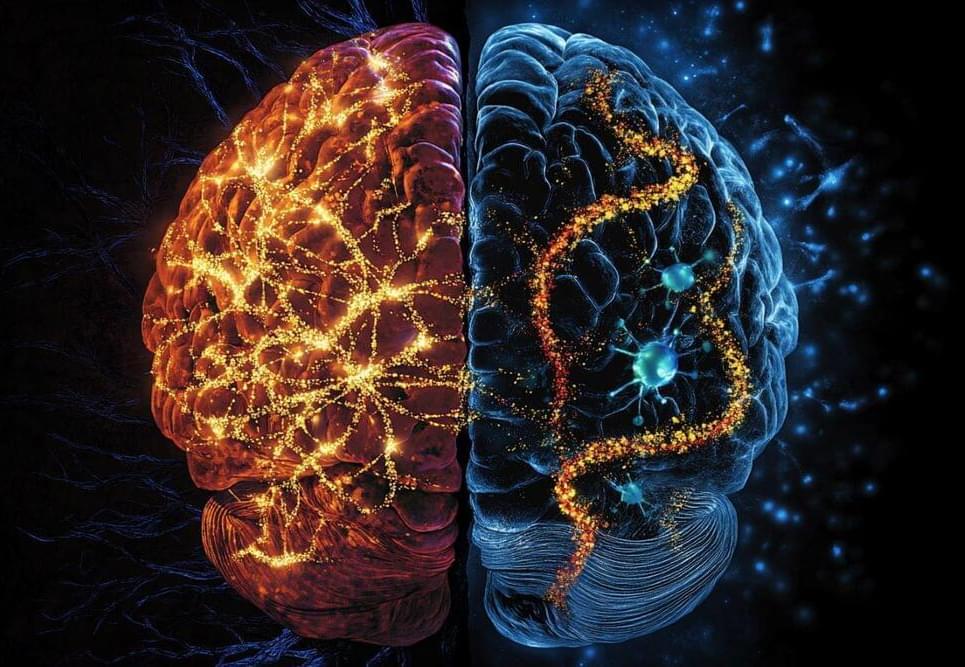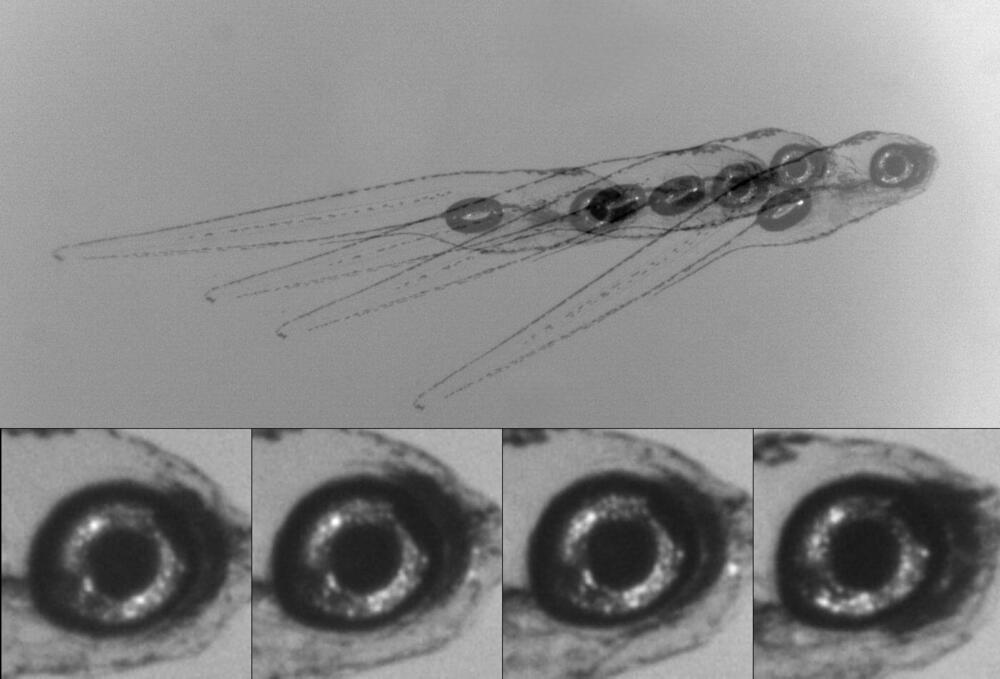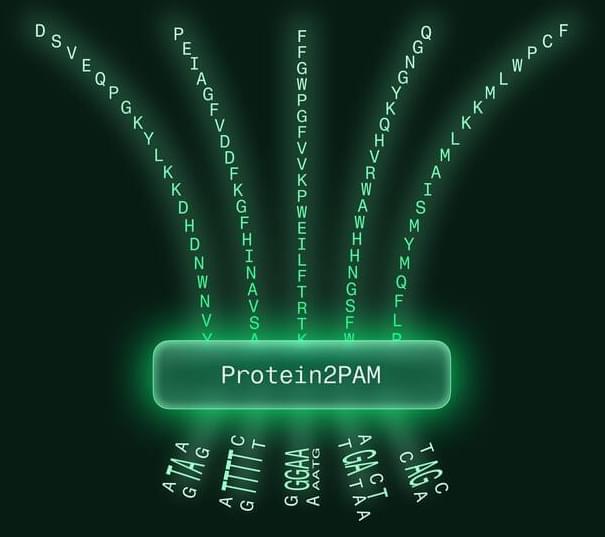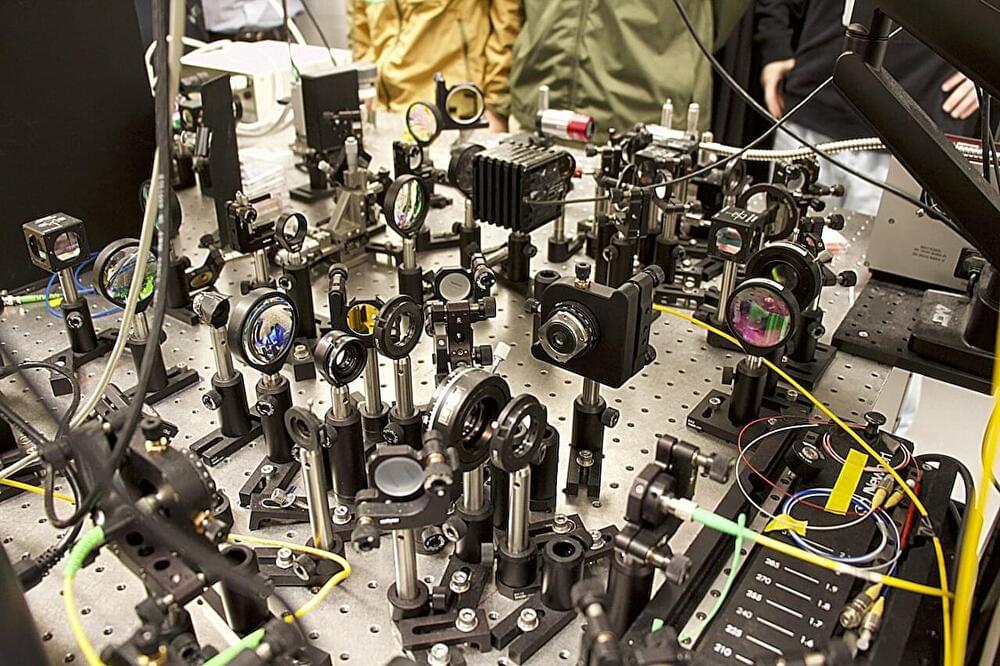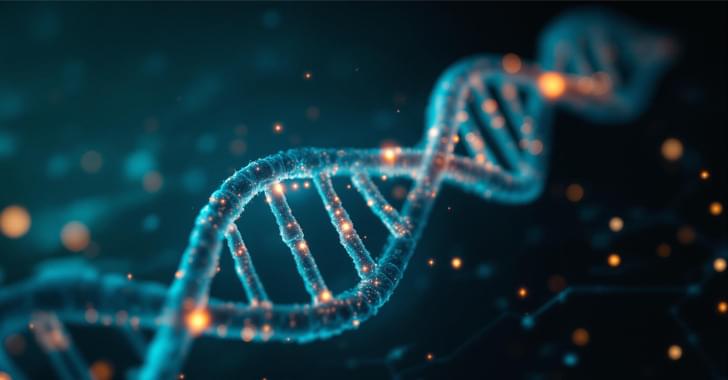Jan 8, 2025
Brain-computer interface developed in China decodes thought real-time
Posted by Dan Breeden in categories: biotech/medical, robotics/AI
NeuroXess, a Chinese startup, has made two major breakthroughs in brain-computer interface (BCI) technology, coming to the aid of a brain-damaged patient. The first was its ability to decode thoughts to speech in real time, and the other was remotely controlling a robot arm using thoughts alone.
Testing of the startup’s new BCI also enabled the user to talk to an artificial intelligence (AI) model and operate a digital avatar. These tests are result of an experiment undertaken in August 2024 at Huashan Hospital, where neurosurgeons implanted a 256-channel, high-throughput flexible BCI device into the patient’s brain.

